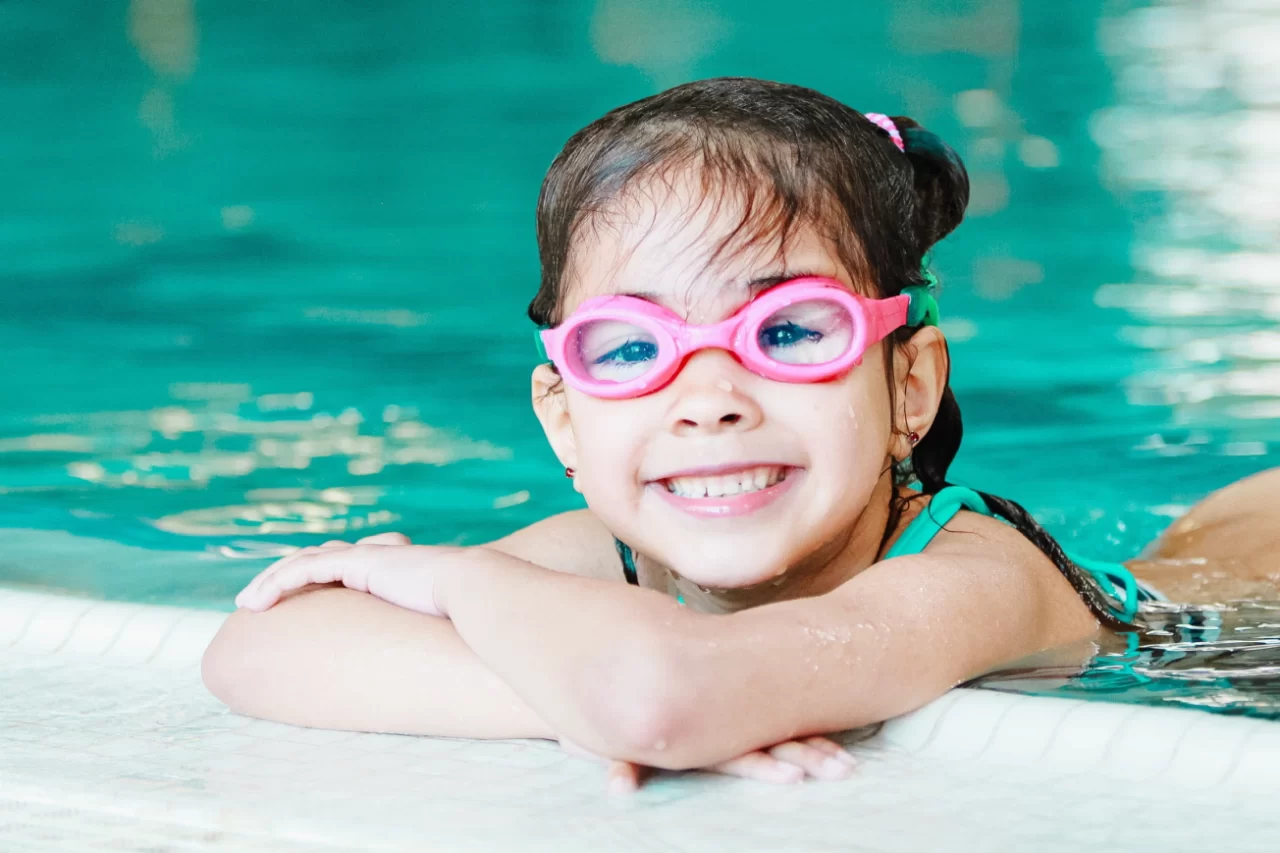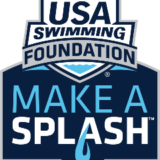
The Importance of Teaching Water Safety to Children
Nothing beats a nice summer day at the beach or cooling off in the backyard pool! However, along with the fun and exhilaration of playing in the water comes the added responsibility of ensuring that you and your children stay safe. By prioritizing water safety, you can provide your children with the opportunity to enjoy aquatic activities while minimizing potential hazards and promoting their overall well-being.
Why is Water Safety Important?
Water-related activities offer children valuable opportunities for physical exercise, social interaction, and the development of confidence. However, it is crucial to remember that water can be a potentially hazardous environment, especially for young and inexperienced swimmers.
According to the CDC, the age group between 1 to 4 years old is the most vulnerable to drowning incidents. In fact, it is considered the primary cause of death among children in this age range.
Additionally, there are 7x as many emergency department visits for nonfatal drownings as for fatal drownings. While not fatal, these drownings can cause serious health effects including brain damage and long-term disability.
Proper water safety training can reduce drowning risk in children and adults, promoting healthy and responsible lifelong habits. The goal is not to instill fear but to foster a culture of respect, responsibility, and preparedness around water. By equipping our children with the knowledge and skills they need, we can help them navigate water environments confidently and safely. You can recognize the importance of water safety through the numerous resources dedicated to this cause by organizations like the American Red Cross and the CDC.
8 Tips for Better Water Safety
Promoting water safety involves a multi-faceted approach, encompassing education, supervision, and preparedness. Here are some indispensable tips to ensure your child’s safety around water:
Supervise Children Around Water
Never underestimate the importance of active supervision when children are near water. Even if your child is a confident swimmer, accidents can happen in an instant. Be sure to designate a responsible adult to watch over them without distractions.
Become Water Competent
Water competence is a standard outlined by the American Red Cross to improve the safety of yourself and those around you when near bodies of water. Water competence can be distilled into three steps:
- water smarts
- swimming skills
- helping others
This list aims to improve your understanding of the first step, but the others require further education and practice.
Establish Water Rules
Set clear rules for water activities and ensure your child understands and follows them. Examples include no running around the pool, no swimming alone, and no diving in shallow water.
Use Safety Gear
Consider appropriate safety gear depending on your child’s swimming ability and the water environment. US Coast Guard approved life jackets are a must when boating or rafting but should also be used in pools and lakes for younger or more inexperienced swimmers. These provide an extra layer of protection, especially for younger swimmers. However, even experienced swimmers should always use a life jacket when swimming alone, or when entering a body of water that is not transparent.
Teach Respect for Water
Educate your child about the power and unpredictability of water. While the goal is not to scare your child, they must understand that water is powerful and potentially dangerous. This education should include a basic understanding of the hazards encountered in different bodies of water, such as currents and riptides. Even the most calm looking water can have a fierce current below the surface.
Create Barriers
If you have a pool at home, install barriers like fences with self-latching gates and alarms to prevent unsupervised access. These barriers reduce the risk of accidental falls into the pool.
Emergency Preparedness
Ensure that you and your child know how to respond in case of an emergency. Basic first aid skills and CPR can make a significant difference in critical situations – and nothing beats a quick response time in calling emergency services.
Lead by Example
Demonstrate responsible water behavior yourself. Many adults feel that they don’t need to take basic precautions like wearing a life vest when boating or rafting. However, children often model their behavior after adults, so you want to instill consistent and positive habits.
Enroll Your Child in Swimming Classes
Swimming classes are a great way to improve your child’s strength and confidence around water as well as water safety knowledge. At America’s Kids In Motion, we teach a range of swimming courses at our facility in Clovis, CA. From our Water Smart Babies program to Swim Team Prep, we offer courses for children of various ages and skill levels. If you live in Fresno County and want to learn more about our swim class offerings and other activities at America’s Kids In Motion, reach out to our team to learn more and register your child today.




